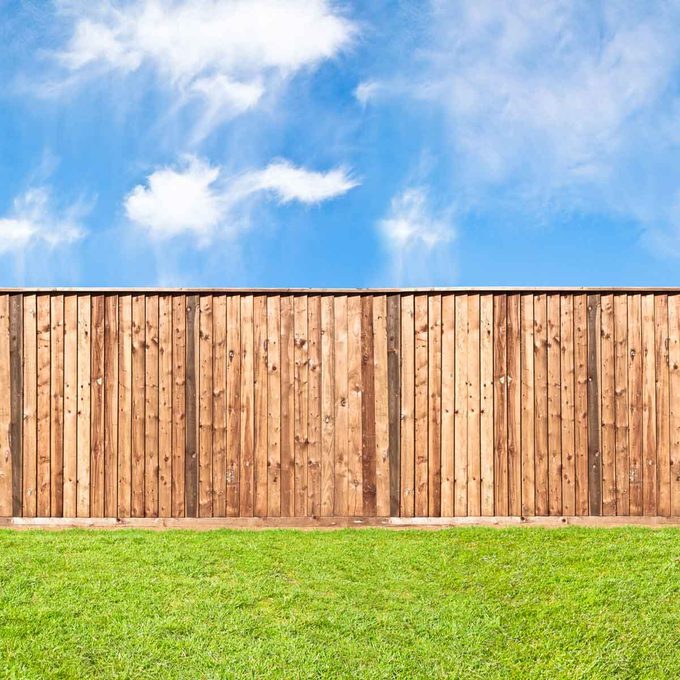How To Find Your Property Line
Knowing your property lines is essential to being a smart homeowner. Learn the best way to find your property lines without digging up your yard.
Our editors and experts handpick every product we feature. We may earn a commission from your purchases.
Putting up a fence or wanting to cut down a tree, but don’t know where your rights end and your neighbor’s begins? You need to know where your property line is. Here’s how to find out.
On This Page
The Best Way to Find Your Property Line
Whenever you have a dispute or need to know your property line, you should always request a plot plan from city hall. The plot plan is the information on record and will likely be the document realtors and lawyers use when they are called upon.
From your plot plan, you can go searching for the markers. Iron stakes mark property lines in most communities. They’re typically located at corners and places where property lines meet. You may get lucky and be able to drag a rake over the suspected location and find the iron stake but that is unlikely.
How To Find Your Property Stake
It is much more common for the stakes to be several inches underground. Not so deep that they match up with the frost line, but deep enough that some digging is necessary. In that case, your best bet is to buy or rent a metal detector (inexpensive ones cost less than $50). When you’ve found your target, dig down to make sure that it’s really a stake and not just a lost quarter.
After you have found the iron property stake, replace the dirt and hammer in a small piece of wood as a visible marker.
Note: If locating your property lines precisely—in a legal dispute, for example—we strongly recommend that you hire a professional surveyor.
Important Things To Remember About Your Property Line
It is always important to know your rights as a homeowner, especially when it comes to property lines. These disputes are the cause of many neighborhood arguments and can be easily stopped with some knowledge. Below are a few reminders:
- Leaves, pods, acorns, etc. falling onto your property are considered a natural occurrence and are the property owner’s responsibility to clear away.
- If branches fall and cause damage on your property for any reason other than a storm, your neighbor is responsible for the cleanup and damage.
- If you and your neighbor compare deeds and the property lines do not match up, you will need to agree to pay for a survey. You have to agree to split the survey, one person cannot bully the other into paying for the survey.
Always check with your local laws before getting into a dispute. Property laws change drastically from state to state.




